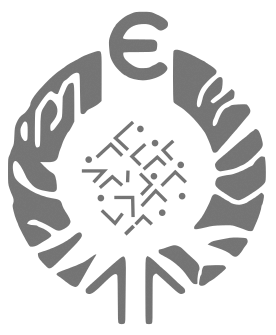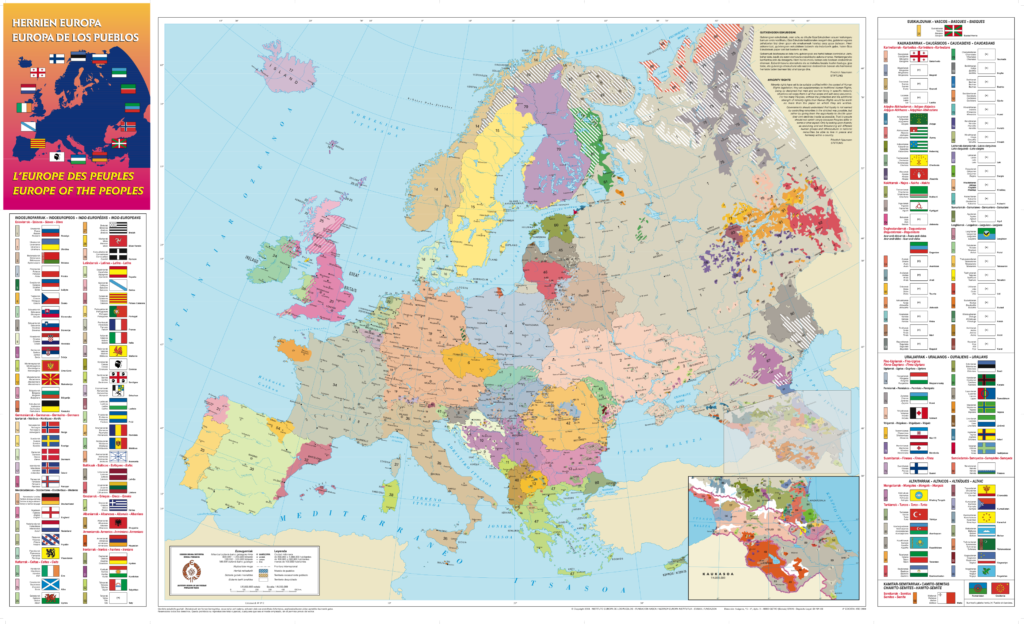Information translated by Google translate ![]()
BASIC DATA
Surface, 449,964 km²
Population, 10,182,291 h (2018)
Capital, Stockholm (Stockholm)
Languages: Swedish (official), Finnish, Saami or Lapon.
Ethnic composition: Swedes 91.34%, Saami or Lapids 0.3%, other groups 8.63% (est. 2017).
Religions: Protestant (Lutheran) 63.5%, others (Catholic, Orthodox, Muslim, Jewish and Buddhist) 8.1%, non-religious 28.4% (est. 2015).
Literacy rate, 99%
Human Development Index (HDI), 0.933 (UN-2018) (7th in the world).
Political system, constitutional monarchy
DEMOGRAPHIC INDICATORS
Birth rate, 12.1 ‰
Mortality rate, 9.4 ‰
Vegetative growth, 0.27%
Life expectancy at birth: men, 80.2 years; women, 84.2 years (est. 2017).
ECONOMY
Agriculture: cereals, potatoes, legumes, vegetables.
Livestock: bovine, swine, poultry, reindeer.
Fishing: herring, cod, merlangos, mackerels, shrimp, pollock, salmon, pike, trout.
Forestry: pines, firs, elms, ash trees, holm oaks.
Mining: iron, peat, lead copper, zinc, uranium.
Industry: steel, wood, paper, chemical, naval, electromechanical, automobile, dairy.
GDP per capita, $ 51,500 (est. 2017)
GDP sector distribution:
· Agriculture, 1.6%
· Industry, 33%
· Services, 65.4% (est. 2017)
Foreign trade:
· Exports: transport equipment, paper, wood, packaged medicines, oil refining, telephones.
$ 133 billion
· Imports: transport equipment, oil, telecommunication products, food, live animals.
131 billion dollars (2016)
HISTORY (XX-XXI centuries)
1905: Peaceful secession between Norway and Sweden.
1907: The Social Democrats succeeded in promulgating universal suffrage.
1914-18: Sweden declared itself neutral, a position it retained throughout the contest.
1918: Recognized the new state of Finland.
1920: First socialist government under the leadership of Hjalmar Branting.
1923: H. Branting was defeated by failing in his attempt to contain the workers’ strike; He was succeeded by Ernst Trygger.
1932: The Socialists returned to power with Per Albin Hansson as prime minister.
1940-43: The kings of Sweden, Norway and Denmark, together with the president of Finland, declared their joint neutrality. When the Germans seized Norway, Sweden allowed the passage of German troops through its territory.
1946-69: The elections that followed gave the victory of the Social Democrats. Prime Minister Tage Erlander pursued a policy of economic development, social equity and strict neutrality.
1950: King Gustavo V passed away and his son Gustavo VI Adolfo succeeded him.
1969-76: New social-democratic government, with Olof Palme as prime minister.
1975: King Gustavo VI Adolfo passed away and his grandson Carlos XVI Gustavo succeeded him, at the head of a monarchy that, since this year, limits the king’s function to his strictly ceremonial aspect.
1976: A coalition of the three bourgeois parties could form a government; the long period of social-democratic government, which had lasted 44 years, was interrupted.
1976-82: Conservatives, centrists and liberals formed several cabinets in these years.
1982: The Social Democrats won the majority again, once again ruling Olof Palme.
1986: O. Palme suffered a deadly attack, without any political claim.
1990: Parliament approved the social-democratic plan to request the entry of Sweden into the European Community.
1992: Conservative Prime Minister Carl Bildt and social democrat Ingvar Carlsson agreed to try to overcome the biggest Swedish economic crisis since the 1930s.
1995: Ratified in referendum the previous year, Sweden became a member state of the European Union on January 1.
1996: Carlsson resigned from the head of government and social-democratic leadership, chosen to succeed him in both positions Göran Persson.
1997: The Swedish Government announced that, despite complying with the Maastricht Treaty agreements, it did not intend to enter the European «single currency», the euro.
1998: The Government “apologized” to the people of the Saami (Lappish) ethnicity for the “centuries of oppression” suffered, and prepared a bill that would redeem the extortion and abandonment that the people were subject to.
1999: The disconnection of the first of the twelve nuclear reactors operating in the country began, according to the result of the 1980 referendum.
2000: The bridge over the Strait of Sund was inaugurated, which allows to save a distance of 16 kms. between Sweden and Denmark.
2003: Foreign Minister Anna Lindh dies after being attacked in a mall. You vote against introducing the euro in Sweden in a referendum.
2006: A center-right coalition, led by the Moderate Party, wins the parliamentary elections, ending the social-democratic government.
2008: Sweden ratifies the Lisbon Treaty.
2010: The center-right coalition loses the majority, but remains the majority party. For the first time, the anti-immigration Democratic party wins seats in the Swedish parliament. In December, Julian Assange, founder of Wikileaks, is arrested by Britain after Sweden requested his extradition. In addition, Sweden suffers its first suicide attack, carried out by a radical Islamist.
2014: Stefan Löfven becomes the Prime Minister after parliamentary elections.
2017: A terrorist attack with a truck on a busy street in Stockholm leads to four deaths.
2018: Parliamentary elections are held, in which the red-green coalition (Social-Democratic Party and the Green Party, with the support of the Left Party) win 144 seats, but do not reach an absolute majority.

COLABORA
con la actualización de esta información
ELKARLANEAN
informazio hau eguneratuta
COLLABORATE
with the update of this information
inst-europ@inst-europ.org
